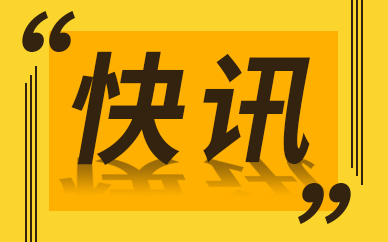1
如何禮貌地用英語表達“你錯了”?
You"re wrong 這個說法語氣有點居高臨下。Wrong在表示錯誤時,強調一點都不對,語氣有點強硬。其實英語中有很多更委婉地表達對方錯了的說法,可以參考以下幾個原則。
一些可以替換掉wrong的正面的詞:
oversight n. 疏忽, 失察
slip up v. 疏忽,出差錯
hiccup n. 暫時的小問題
confusion n. 困惑, 糊涂
bump n. 碰到困難或障礙
hurdle n. 障礙
challenge n. 挑戰,質疑
要多使用一些程度較輕微的詞匯:
slight adj. 輕微的,少量的
little
a bit of
minor adj. 較小的, 較少的, 低級的, 次要的
a few
你可以使用的例子:
This may create a slight hurdle for us
這可能會給我們制造一個小小的障礙
There"s been a little confusion about ...
關于……有一點困惑
It seems there was a bit of an oversight regarding ...
關于...似乎有一點疏忽
It looks like we may have hit a bump with ...
看起來我們可能遇到了...的障礙
There are a few sections of the report that need to be changed
報告中有幾個部分需要修改
A minor slip up has surfaced
一個小錯誤浮出水面
There have been a few hiccups along the way
在這一過程中也出現了一些小問題
避免對犯錯的人直接說“你...(怎么樣)”
There"s been an oversight
有些小的疏忽
There may have been some confusion
這里可能有些混亂
It seems like we"ve hit a bump
我們似乎遇到了困難
提出積極的建議,而不是直接指出錯誤
Let"s recheck the statement together
我們一起重新核對一下報表
Let"s look at it again later as it needs a little revision
我們稍后再看它,因為它需要一點修改
We"ll need to make a few minor adjustments/ amendments
我們需要做一些微調
2
“口誤”可不是mouth wrong!
口誤
a slip of the tongue
slip /sl p/
slip的意思是“滑”,通常就是指 腳滑,滑倒之類的,而當它搭配其他詞語,也可以表示某個東西偏離了正確的位置,造成了某種錯誤,就如a slip of the tongue,就可以理解為舌頭打滑,舌頭沒有在它本該在的位置而導致了說話說錯了。這個短語的英文解釋為
a mistake made when what someone says is different from what was meant
指一種所說的與本意不一致的錯誤
例:
I called her new boyfriend by her previous boyfriend"s name - it was just a slip of the tongue.
我叫她的新男友時喊成了她前任男友的名字——那只是一個口誤。
3
關心別人,不要問What"s wrong with you?
以前在國內,老師都教我們:What"s wrong with you? 的意思是:“你怎么了?”,字面是沒錯可真正的意思差的遠了去了!
在國外人們說這句話就相當于在問:你有病嗎?
把這句話放到課本里,簡直是在坑學生啊!!!
正確用法:
What"s wrong?
What"s going on?
What"s up?
What"s the matter?
以上就是今天的內容啦~
歡迎來評論區分享心得~












